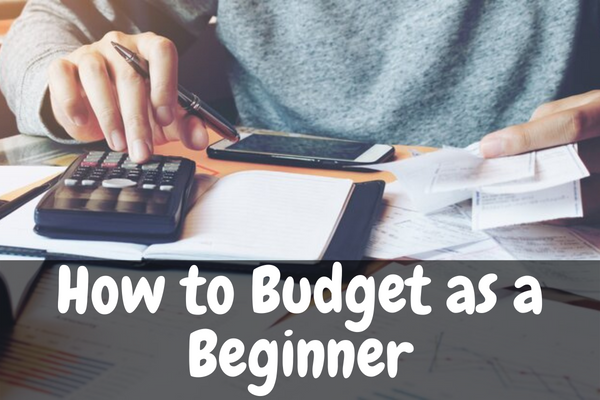When you are a complete novice in the world of budgeting, trying to navigate the tricky maze may feel daunting and confusing.
Good thing there are a few simple steps you can take to get started with setting up your very first budget.
Steps to setting up a budget as a beginner:
-
Gather All Your Paperwork
To determine your monthly expenses and income, the first thing you should do is gather all your financial statements for the past 3 months or so, including your paystubs, bank statements, credit card bills, receipts, loan statements, and insurance bills, and utility bills.
-
Choose the Right Budgeting Tool for You
While the good old-fashioned paper and pen is the only thing you need to come up with a budget, it might be easier for you if you use spreadsheet programs such as Google Docs or Excel.
You can also use a budgeting app that will let you sync your banking information so you can categorize and track your expenses. This step can be as high-tech or low-tech as you want.
-
Calculate Your Monthly Income
This is now the time to calculate your take-home income. It refers to the money you pull in from your paycheck after taking out taxes, automatic deductions, healthcare, and other similar items.
If you got some side gigs or other income sources such as Social Security, investment income, or child support, you also need to include them to determine your average total income every month.
-
List Down Your Fixed Expenses
Fixed expenses are your monthly expenses paid at fixed rates like rent, cable and internet bills, car payments, student loans, phone bills, and the like. These are often simple enough to pin down because they don’t change every month.
-
Take Note of Your Variable Expenses
Listing these expenses may be a bit challenging and you might need to come up with some averages and estimates. Your variable expenses may include the amount you spend on buying clothes or dining out every month or other things that may fluctuate month to month.
Your bank and credit card statements may help you get a better idea of your variable expenses. You might not get detailed results because you might no longer recall the purpose of a certain transaction. However, it can serve as a great starting point if you want to start your journey with budgeting right away.
To get a more accurate picture, it might be better if you track your monthly spending. To do it, you can jot down all of your expenses as you go, save your receipts, and record them later. You can also track purchases with the help of a budgeting app.
-
Do the Math
This is now the time to deduct your average expenses every month from your average income per month to determine the amount left for your savings.
If your expenses are lower than your income, you are off to a great start. The extra money can be used on other aspects of your budget like paying off debt or setting up your emergency fund.
If nothing is left, it would be great to cut your expenses so you can get more money for savings for the future or other goals you have.
Budgeting shouldn’t be scary. Use these tips and be on your way to better finances!

